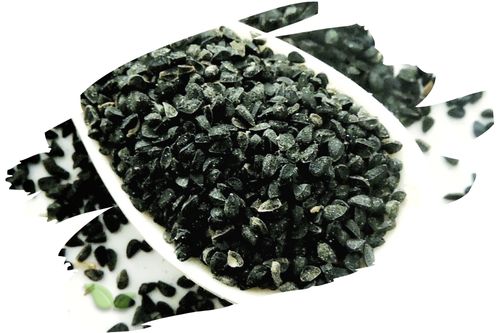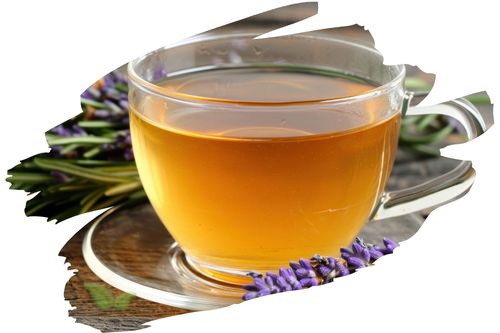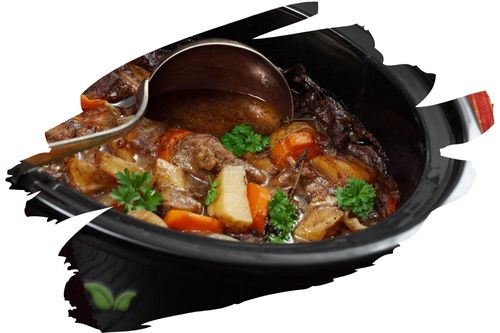
Introduction
Cream of tartar, also known as potassium bitartrate, is not only a versatile ingredient in the culinary world but also an intriguing subject in the field of chemistry. Understanding the chemistry behind cream of tartar allows us to appreciate its unique properties and the role it plays in various culinary applications. In this article, we will dive into the chemistry of cream of tartar, exploring its chemical composition, acidulant properties, and interactions with other substances.
Chemical Composition
The chemical composition of cream of tartar is primarily potassium bitartrate. It is a salt that forms naturally during the winemaking process as a byproduct. The chemical formula for cream of tartar is KC4H5O6, representing its components: potassium (K), carbon (C), hydrogen (H), and oxygen (O). This compound forms as potassium ions bond with bitartrate ions.
Acidulant Properties
Cream of tartar is classified as an acidulant, meaning it imparts acidity to recipes. The presence of cream of tartar in a recipe can alter the pH level, influencing chemical reactions and the behavior of other ingredients. Cream of tartar is a weak acid, contributing to the tangy taste found in dishes where it is used. Its acidity can enhance flavors, balance sweetness, and influence the texture of certain foods.
Leavening Agent
One of the essential roles of cream of tartar in baking is acting as a leavening agent. When combined with baking soda (sodium bicarbonate), cream of tartar activates a chemical reaction that produces carbon dioxide gas. This gas forms bubbles, causing the dough or batter to rise. The release of carbon dioxide gas creates a light and airy texture in baked goods, contributing to their overall structure and appearance.
Stabilizing Agent
Cream of tartar also functions as a stabilizing agent in various culinary preparations. It helps stabilize whipped cream, preventing it from deflating and maintaining its volume for a longer duration. The presence of cream of tartar helps create a stable foam structure, allowing whipped cream to hold its shape when incorporated into desserts or used as a topping.
Preventing Sugar Crystallization
Cream of tartar plays a role in preventing sugar crystallization in certain recipes. When sugar is dissolved in a liquid, cream of tartar can inhibit the formation of sugar crystals by interfering with the molecular structure of the sugar. This is particularly useful in recipes such as syrups, frostings, and candies, where a smooth and creamy texture is desired.
Interactions with Other Ingredients
Cream of tartar interacts with various other ingredients in recipes, contributing to the desired texture, flavor, and appearance. For example, when combined with egg whites, cream of tartar helps stabilize the proteins in the eggs, allowing them to hold their shape and form a more stable foam when whipped. It also interacts with baking soda to produce carbon dioxide gas, leading to the leavening of baked goods.
Frequently Asked Questions (FAQs)
Q: Can I substitute cream of tartar with other ingredients?
In some cases, lemon juice or vinegar can be used as substitutes for cream of tartar. However, the acidic strength may differ, so adjustments in quantity may be necessary. Cream of tartar offers unique properties that may not be replicated by other ingredients.
Q: Can cream of tartar be used in savory dishes?
While cream of tartar is more commonly used in sweet recipes, it can also be used in savory dishes. It can help stabilize whipped cream toppings for savory soups or enhance the texture of certain sauces.
Q: Is cream of tartar gluten-free?
Yes, cream of tartar is gluten-free as it is derived from grapes, not grains. It is safe for individuals with gluten sensitivities or celiac disease.
Q: How long can cream of tartar be stored?
Cream of tartar should be stored in an airtight container in a cool, dry place. When properly stored, it can maintain its potency for an extended period.
Q: Can cream of tartar be used as a cleaning agent?
Cream of tartar is primarily used in culinary applications. While it has some cleaning properties, it is not commonly employed as a cleaning agent.
Conclusion
The chemistry behind cream of tartar reveals its fascinating properties and its significant role in culinary applications. From its chemical composition as potassium bitartrate to its acidulant properties and interactions with other ingredients, cream of tartar contributes to the taste, texture, and appearance of various dishes. Understanding the chemistry of cream of tartar allows us to appreciate its versatility and make the most of this remarkable ingredient in our culinary endeavors.
Alert: While spices can have many beneficial properties for health, using them for medical purposes should be done under the guidance and supervision of a healthcare professional or specialist. Some spices may interact with medications or cause adverse reactions in certain individuals, and it is important to use them safely and appropriately. If you are considering using spices for a medical condition, it is important to consult with a healthcare professional before doing so.




















































